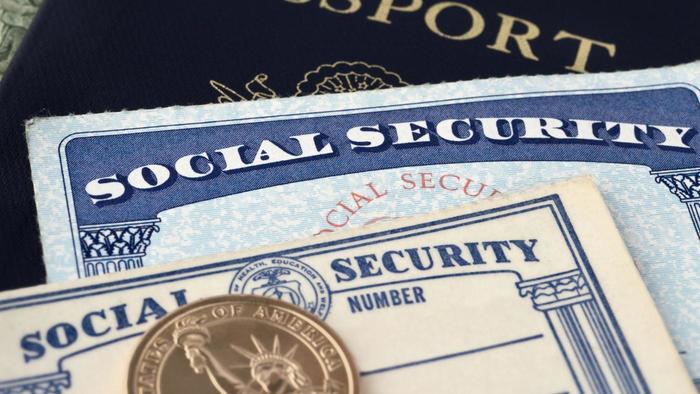Every year, the Trustees of the Social Security and Medicare trust funds release reports to Congress on the current financial condition and projected financial outlook of these programs. The 2016 reports, released on June 22, 2016, project a small Social Security cost-of-living adjustment (COLA) and Medicare premium increases for 2017, and discuss ongoing financial challenges.
What are the Social Security and Medicare trust funds?
Social Security: The Social Security program consists of two parts. Retired workers, their families, and survivors of workers receive monthly benefits under the Old-Age and Survivors Insurance (OASI) program; disabled workers and their families receive monthly benefits under the Disability Insurance (DI) program. The combined programs are referred to as OASDI. Each program has a financial account (a trust fund) that holds the Social Security payroll taxes that are collected to pay Social Security benefits. Other income (reimbursements from the General Fund of the Treasury and income tax revenue from benefit taxation) is also deposited in these accounts. Money that is not needed in the current year to pay benefits and administrative costs is invested (by law) in special Treasury bonds that are guaranteed by the U.S. government and earn interest. As a result, the Social Security trust funds have built up reserves that can be used to cover benefit obligations if payroll tax income is insufficient to pay full benefits.
(Note that the Trustees provide certain projections based on the combined OASI and DI (OASDI) trust funds. However, these projections are theoretical, because the trusts are separate, and generally one program’s taxes and reserves cannot be used to fund the other program.)


